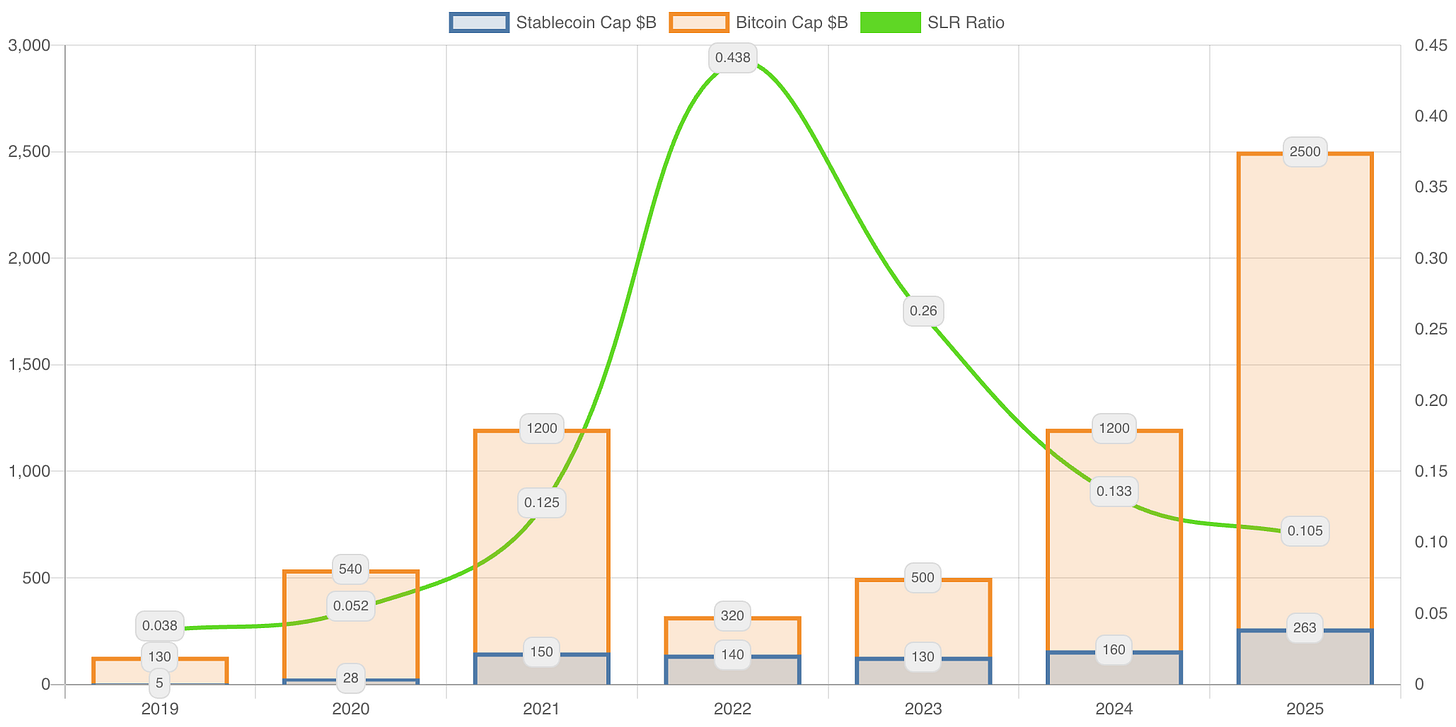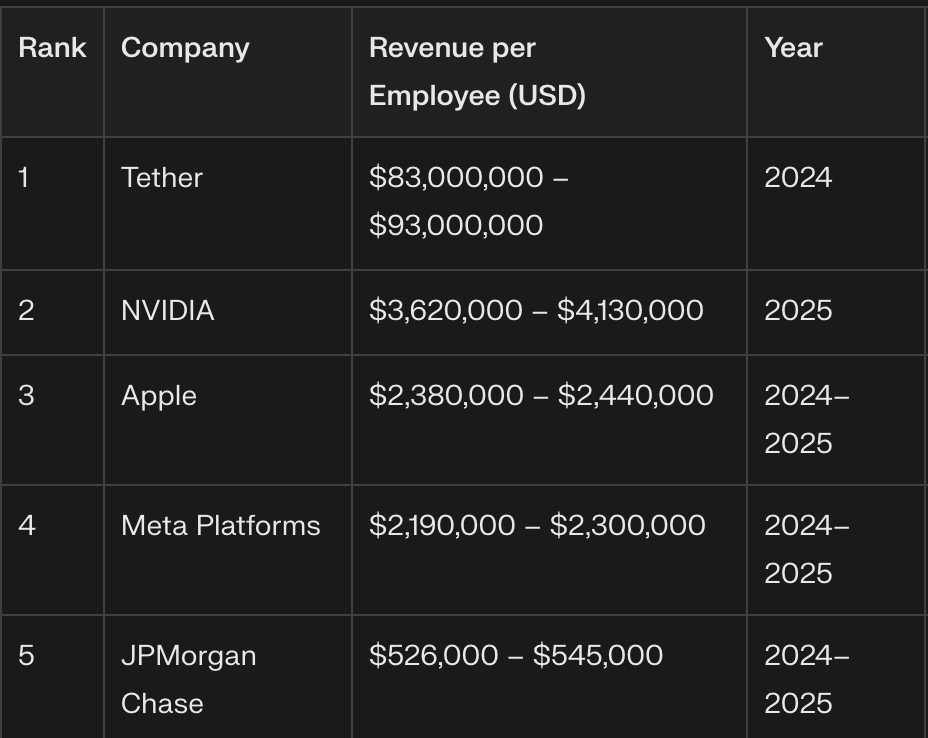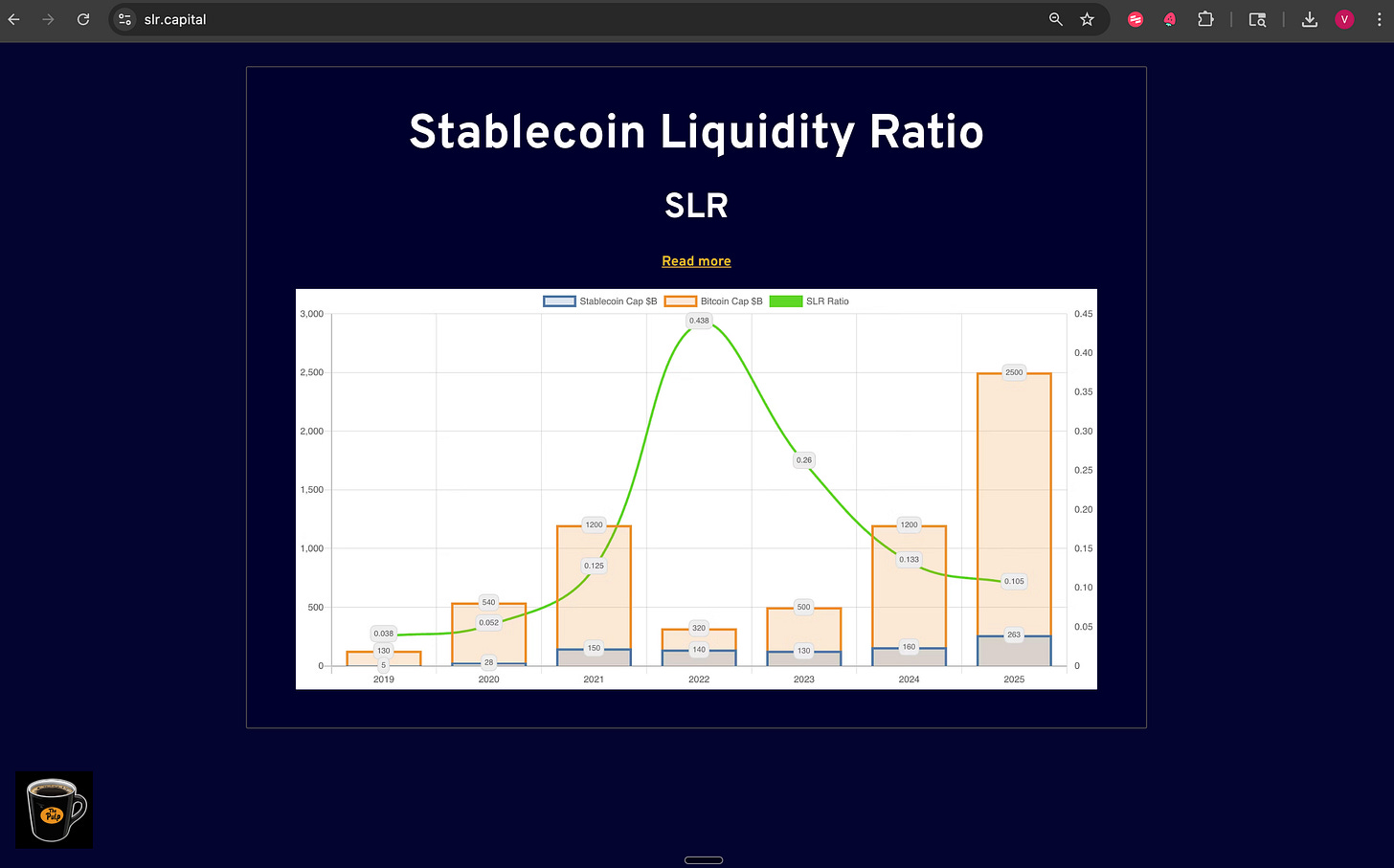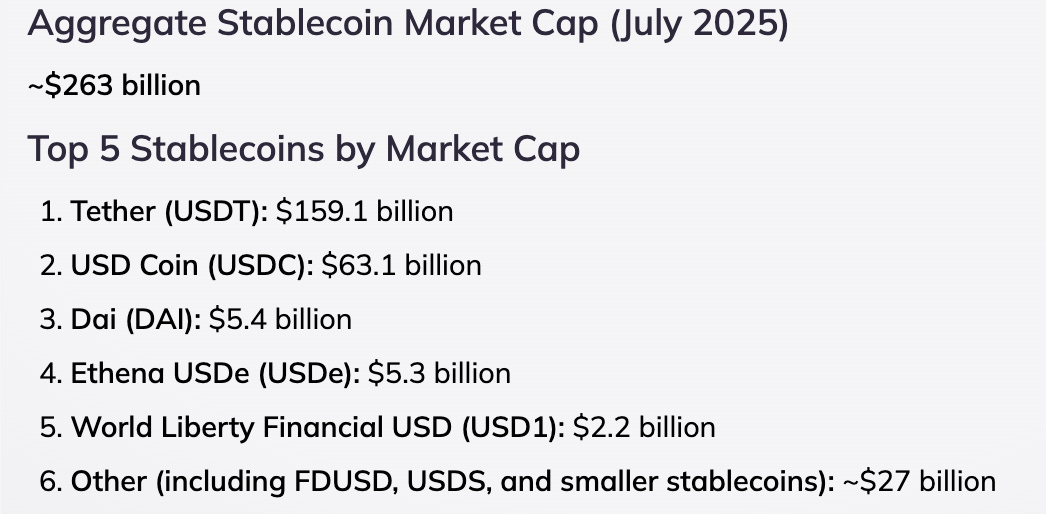Introducing the Stablecoin Liquidity Ratio (SLR)
A proxy for “dry powder” ...

I read the aggregate stablecoin market cap is $256B as of today, and we know that Bitcoin's market cap is close to $2.5T. Let's just say that at the moment, the ratio of aggregate Stablecoin cap divided by Bitcoin cap is approximately 0.1. This essay is going to focus on what happens when this ratio moves up and down …
Most analysis I have read is about stablecoin growth or Bitcoin price, but not the ratio as a signal or threshold. So let’s see where this ends up …
What are the implications?
When stablecoin market cap rises relative to Bitcoin, it signals more capital is sitting on the sidelines, ready to deploy. If the ratio jumps, it could mean:
More speculative ammo for Bitcoin rallies.
A shift in market structure (e.g., stablecoins as a shadow banking system for crypto).
Potential systemic risk if stablecoins become too dominant or if redemptions spike.
Could this ratio could be a leading indicator? ... for both bull runs ...... and liquidity crises?
A higher ratio means more liquidity and potential for rapid price appreciation in Bitcoin (and other cryptos) if that capital rotates in. It also signals growing trust in stablecoins as a transactional medium.
If the ratio gets too high …
it could mean:
Market participants are risk-off, waiting for a dip.
Stablecoins are absorbing too much systemic risk (think: Tether FUD, regulatory crackdowns).
If stablecoin backing is weak, a run could trigger a cascade in Bitcoin and the broader market.
BUT ALSO if there’s a massive amount of capital sitting in stablecoins this is bullish - if even a fraction of that capital rotates into Bitcoin, it could drive a parabolic move.
Stablecoin issuers (Tether, Circle) are becoming more systemically important.
Tether: $93 million Revenue per Employee
The SLR might be a canary in the coal mine for crypto liquidity cycles. If we model this ratio over time and correlate it with Bitcoin price moves, we might uncover predictive patterns that the market hasn’t fully priced in.
I am going to track SLR going forward and let’s see if it leads somewhere:
What if the ratio exceeds 1.0?
Who knows for sure - it has not yet happened … but in the future it will. And it means aggregate “waiting” (stablecoin) capital would be larger than the entire market cap of Bitcoin. That will be the “risk-off” indicator of the future.
The higher the ratio, the more reflexive the system becomes: the need for speed aka more volatility will result in folks rotating from stables to bitcoin. But amidst FUD headwinds (fear, uncertainty, doubt) more folks might rush out - crashing everything …
Stablecoin issuers will become the de facto “central banks” of crypto. Exchanges and DeFi protocols will become more sensitive to stablecoin flows than to Bitcoin itself.
In fiat banking, a lower SLR (Strategic Leverage Ratio) means banks can lend more, increasing the money multiplier.
So my spin on SLR is a double entendre - the Stablecoin Liquidy Ratio (SLR) means more “potential leverage” is sitting on the sidelines, waiting to be deployed.
“Just as the analog-SLR in banking governs how much money can be created, the digital-SLR in tells us how much firepower is waiting to be unleashed on Bitcoin. It’s the new money multiplier for the digital age.” - Vinay
Data
TLDR: Dinner-party talking points
The SLR ratio spiked during the 2022 bear market (as high as 0.44), showing capital fleeing to stablecoins as Bitcoin crashed.
In bull markets, the ratio drops as capital rotates into Bitcoin.
The SLR is a real-time sentiment and liquidity gauge: high in fear, low in greed.









